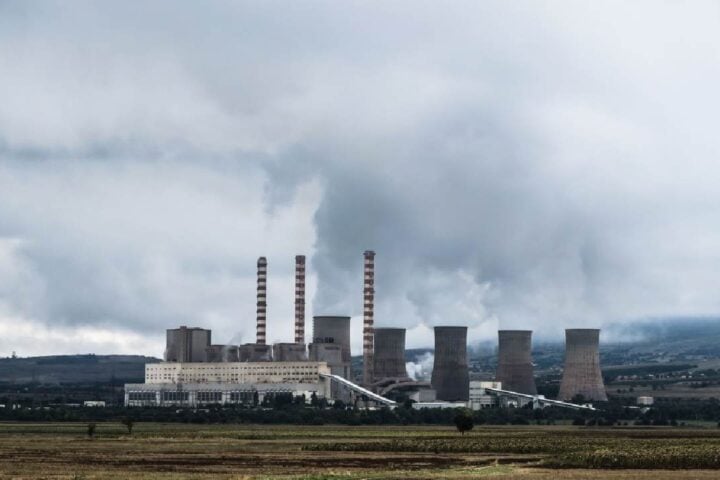Researchers from the National Renewable Energy Laboratory (NREL), Colorado, USA, have synthesised tetracene diacid (Tc-DA) aggregates that can be used in high-efficiency singlet fission solar cells. The study, published in the Journal of the American Chemical Society, explores how controlling the aggregation of Tc-DA through solvent and concentration choices can optimise its performance in light-harvesting applications.
Tc-DA and its derivatives are prime candidates for singlet fission, which is a quantum mechanical process where a single photon is absorbed by a solar cell, generating two electron-hole pairs, which can potentially double the cell’s efficiency. This effect, first observed in the 1970s, has been a topic of interest for decades due to its potential to significantly improve solar cell performance.
Similar Posts
Controlling Aggregation for Optimised Performance
Tetracene, which is a polycyclic aromatic hydrocarbon, is commonly used in organic electronics, and its derivatives are prime candidates for singlet fission. Acene compounds have the potential to improve the quantum yield.
NREL researcher Nicholas Pompetti explained, “We found that we could control the aggregation of Tc-DA as it approached the surface through solvent and concentration choices. This opened up insights about tetracene-based aggregates and how their size and structure provide promising pathways for their use in light-harvesting applications.”
The team also discovered that some non-covalent tetracene-based aggregates can stabilise certain solvent polarities and concentrations and were able to form charge transfer and multi-excitonic states. These are desirable species for delivering charges to an electrode or catalyst.
Justin Johnson, co-author of the study, observes, “The excited-state dynamics were surprisingly sensitive to crossing a well-defined threshold of concentration, almost like going through a phase transition for a pure material.”
Challenges and Future Research Directions
Despite the promising potential of singlet fission, several challenges remain. These include ensuring the stability of Tc-DA aggregates and scaling up the technology for commercial use. Future research will likely focus on improving material synthesis techniques and developing more efficient device architectures.
Singlet fission solar cells are more efficient than the traditional silicon solar cells. This significant efficiency gain could drive broader adoption of solar technology, contributing to the global shift towards renewable energy.
The researchers drew parallels between their work and natural processes. “Nature uses hydrogen bonds in many types of aggregated architectures to tune energy landscapes in a similar fashion, like funnelling water to a reservoir,” Johnson said. “Bringing such principles to artificial light-harvesting systems with the potential for controlling multiexcitons is a logical pursuit that is leading to interesting consequences.”
As research on singlet fission continues to evolve, the development of materials like Tc-DA aggregates could lead to more efficient and cost-effective solar cells, making clean energy more accessible and ultimately contributing to a more sustainable future.


















